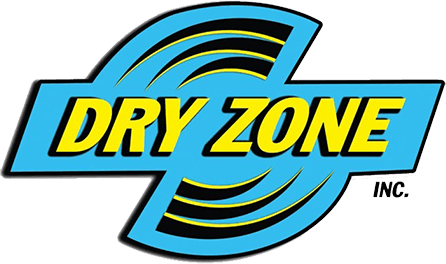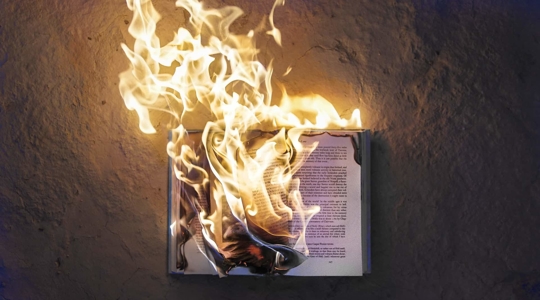Fire damage is more than just the physical destruction of a structure and its contents. Fire can cause extensive damage, including the destruction of walls, ceilings, furniture, and other household items, as well as terrible smoke and soot odors that can linger long after the fire is extinguished. Fire also causes water damage due to the water used to extinguish the flames. The water damage can cause further destruction, including rust and mold growth.
A full-service fire damage restoration process is needed to restore a property to its pre-fire condition. This includes cleaning, sanitation, and restoration to address the damage caused by fire and smoke.
Damages to Expect Once a Fire Is Put Out
- Soot: Carbon residue from burning materials can be corrosive and cause damage to porous and delicate surfaces such as stone, grout, wood, carpet, and fabrics. These surfaces are particularly vulnerable to the acidic nature of the carbon byproduct.
- Mold: Mold loves to grow in moist and dark areas, such as in homes that have experienced a fire. When the air is damp, the mold spores interact with the moisture and create mildew, which can damage porous materials.
- Rust: Corrosion is a process that can damage metal objects, making them unable to be repaired, or making electrical items dangerous due to the increased risk of electric shock.
- Odor: When a fire happens in an area, the unpleasant odor of smoke and mold fills the air.
The Process
Dealing with the above damages requires professional fire damage restoration. Once they arrive at the scene, they will take the following steps to conduct proper repairs:
- Assessment: Once the damage has been evaluated, repair services should block off any noticeable openings or entry points. This includes cracks or openings in the roof, broken windows, and missing doors.
- Inspection: Professionals know that fires can cause more than just visible damage. They look for hidden structural and mold damage caused by the water used to put out the fire.
- Debris removal: Cleaning up after a fire is essential to reducing the impact of the smoke smell. Fast action is necessary to minimize the strength of the odor. To avoid further damage and contamination, it is important to take personal items away in larger fires.
- Water removal: Any water or liquid pooled up must be removed for complete fire damage restoration. Water can get absorbed in porous surfaces (such as walls, floors, and lower levels of a building), so to aid the drying process, Cleaners must use fans to blow air and speed it up.
- Deep cleaning: Restoration teams work with specialized cleaning solutions and tools to eliminate as much soot and burn marks from scorched surfaces. Don’t count on this to be 100 percent effective, however. It often takes a lot of work to restore items to their former glory.
Although methods exist that can help make surfaces look better and eliminate unpleasant odors, it may take a great deal of effort and time. Replacing or refurbishing the item(s) or affected area(s) is a much better idea.
In Closing
Knowing how fire damage restoration works empower homeowners to respond accordingly if and when it happens to them. For starters, always call professionals to handle post-fire maintenance and rent/stay in another property for a few months to let them sort out the entire process without a hitch.
Fix Fire Damage with DryZone
At DryZone, we commit to fire damage restoration in Naples with no excuses or shortcuts. Work with our certified team today by calling (239) 360-5207 or emailing info@dryzoneinc.net!


